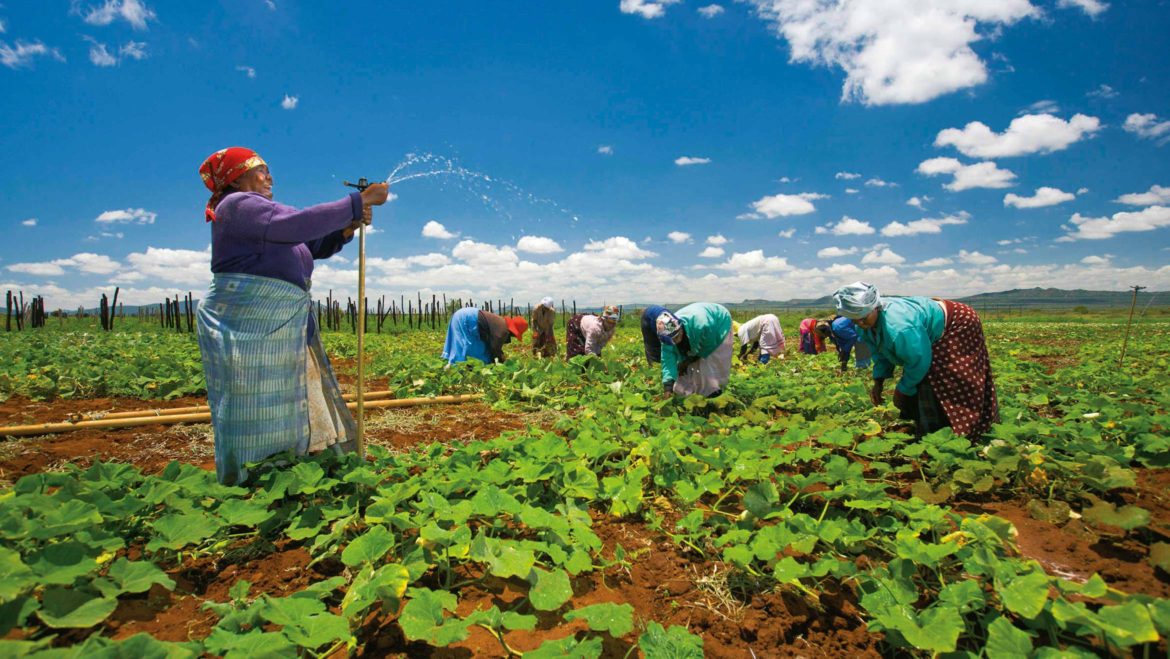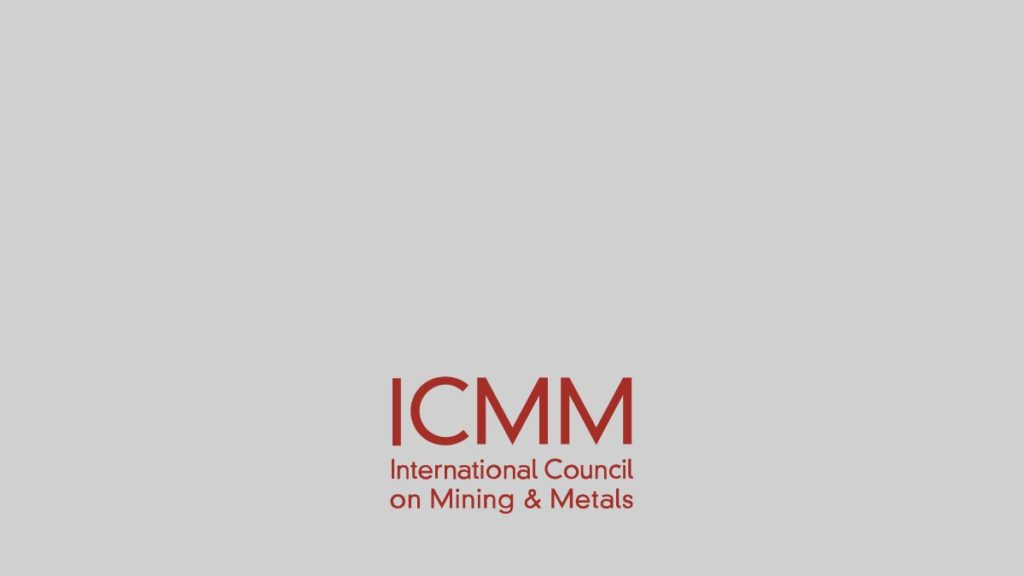
Community Development
Sustainable community development aims to contribute to a community’s long-term needs and priorities. It also seeks to ensure fairer distribution of costs, benefits, risks and responsibilities associated with mining.
At its core, sustainable community development must be planned and driven by the community – not imposed by donors and companies. It is a reciprocal process and when local, regional and government-level communities have genuine reasons to be on-board with a mining project, a company gains a powerful voice.
Community development in the mining cycle (p25)
From exploration to post-closure, each stage of the mining project cycle creates its own, distinct challenges.
Relationships between mining companies, local communities and other stakeholders begin long before the construction of a mine commences. Companies would be wise to invest in establishing good local relationships at the earliest stages possible.
During the construction stage of a mine, special attention is required to manage disruption through environmental, economic and domestic change, especially unintended consequences affecting vulnerable groups such as women and children.
The operational period is often the steadiest phase and a good time to grow community development projects.
Planning for mine closure should start from the earliest opportunity to prevent unnecessary harm to a community. All planning should take mine closure aspects into account; this is particularly important where long-term post-closure monitoring will be required.
Effective monitoring and evaluation programs ensure that improvements to development projects are fed back into design and implementation and allow for adaptation as the operating context changes. You will have achieved the goal of sustainable community development when the community feels it can manage well without you.
Community Development
Community development aims to:
- manage risk effectively and collaboratively
- increase and contribute to the long-term strength and effectiveness of communities
- improve quality of life
- participation and inclusion in decision-making
- legacy that enables community to survive post-mining operations, without company input
- maximise company role as facilitator for positive change
- expand positive benefits and mitigate harmful impacts locally
- creation of job and training opportunities for the long-term
- formation of positive partnerships (at every level)
Community development is good for business; benefits can include:
- enhanced reputation
- improved access to resources
- ease approvals processes and help resolve disputes
- reduced closure costs and liabilities
- greater efficiency and productivity of local support services
- employ knowledgeable local workforce
- improved employee recruitment, engagement and retention
Good practice for sustainable community development (p17) includes:
- adopting a strategic approach
- consultation, participation and inclusion
- working in partnership
- strengthening capacity
- measuring, monitoring and communicating
Why community development projects can fail (p19):
- the projects were chosen by the mining company and/or local elites
- they were built/run by outsiders
- limited management and consultation of locals
- too limited a handover of responsibility over time
- required knowledge, technology or resources not locally available to maintain the project
Roles and responsibilities for community development
Roles and responsibilities (p23) include:
Companies:
- respect human rights
- actively support community development
- be prepared to take on a leadership role if required
- ensure local initiatives work alongside government development programs
- build partnerships to develop sustainable community capacities and resources
Government:
- responsible for protecting human rights
- responsible for ensuring communities benefit from projects
- take the lead in setting policy and standards, planning infrastructure and land use and develop monitoring and evaluating systems
Community groups:
- responsible for fulfilling their development goals – their needs, priorities and aspirations are achieved where possible through confidence, ownership and commitment, planning strategies and mobilising resources
NGOs/CBOs:
- advocating on behalf of local communities
- delivering local services
- can partner with companies to support and implement company community development projects.
Community, Economics, Environment, Ethical Business, Management, Rehabilitation
Facilitating long term community growth
The Lac La Ronge Indian Band (LLRIB) demonstrates how positive community-company relationships can work during the mining cycle and also leave the area fully sustainable and independent long after mine closure.

